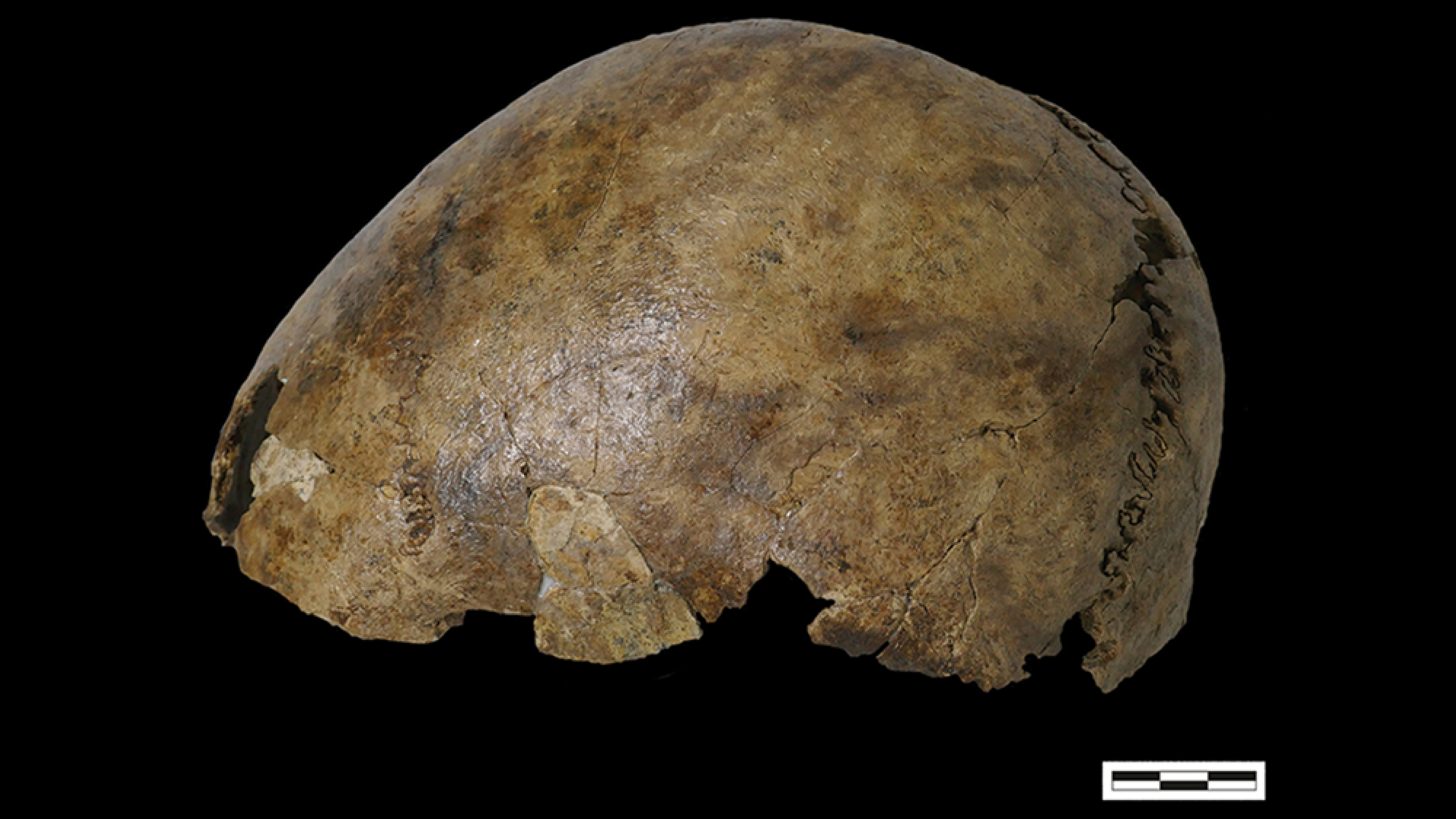Processes, Vol. 11, Pages 1758: Simulation of Rock Electrical Properties in Deep Reservoirs Based on Digital Rock Technology
Processes doi: 10.3390/pr11061758
Authors: Suogui Shang Qiangyong Gao Yunjiang Cui Peichun Wang Zhang Zhang Yadong Yuan Weichao Yan Peng Chi
Deep reservoirs are in a high-pressure and high-temperature (HPHT) environment, while the experimental conditions for rock electrical properties that meet the deep reservoir conditions are harsh and costly. Although digital rock technology can simulate the electrical properties of rocks, it is limited to electrical simulation studies under normal temperature and pressure conditions (NPT), which limits their ability to capture the electrical characteristics of deep hydrocarbon reservoirs. This limitation affects the accuracy of saturation prediction based on resistivity logging. To simulate the rock electrical properties under HPHT conditions, we proposed a low-cost and high-efficiency HPHT digital rock electrical simulation workflow. Firstly, samples from deep formations were CT-scanned and used to construct multi-component digital rocks that reflect the real microstructure of the samples. Then, mathematical morphology was used to simulate the overburden correction under high-pressure conditions, and the changes in the conductivity of formation water and clay minerals at different temperatures were used to simulate the conductivity changes of rock components under high-temperature conditions. To carry out the electrical simulation of digital rock in deep reservoirs, a numerical simulation condition for HPHT in deep layers was established, and the finite element method (FEM) was used. Finally, based on the equivalent changes in the conductivity of different components, the effects of clay minerals and formation water under HPHT conditions on rock electrical properties were studied and applied to predict the water saturation based on well logging data. We found that considering the influence of temperature, salinity, and clay type, the saturation index (n) of the rock depends on the ratio of the clay conductivity to the formation water conductivity. The larger the ratio is, the smaller the value of n. In addition, the average relative error between the predicted water saturation under HPHT conditions and the sealed coring analysis was 6.8%, which proved the accuracy of the proposed method. Overall, this method can effectively simulate the pressure and temperature environment of deep formations, reveal the electrical conductivity mechanisms of rocks under formation pressure and temperature conditions, and has promising prospects for the study of rock physical properties and reservoir evaluation in deep formations.

 1 year ago
29
1 year ago
29


